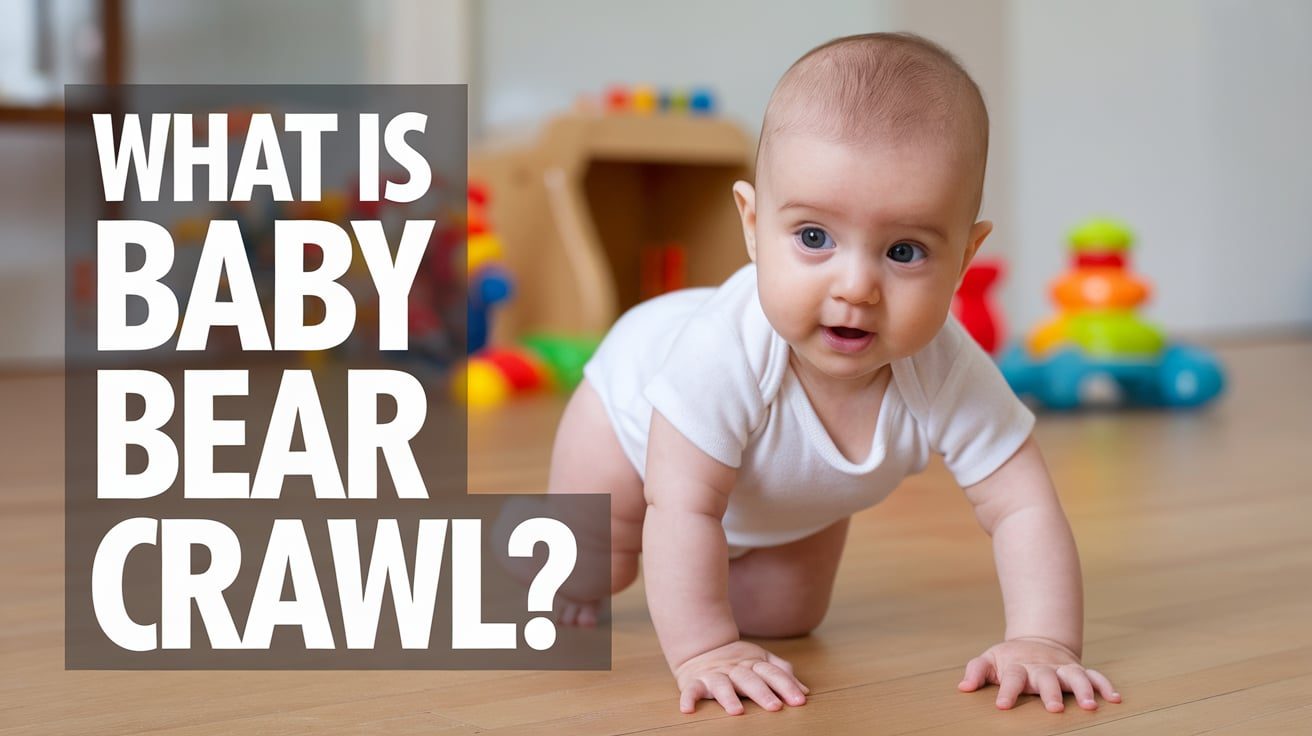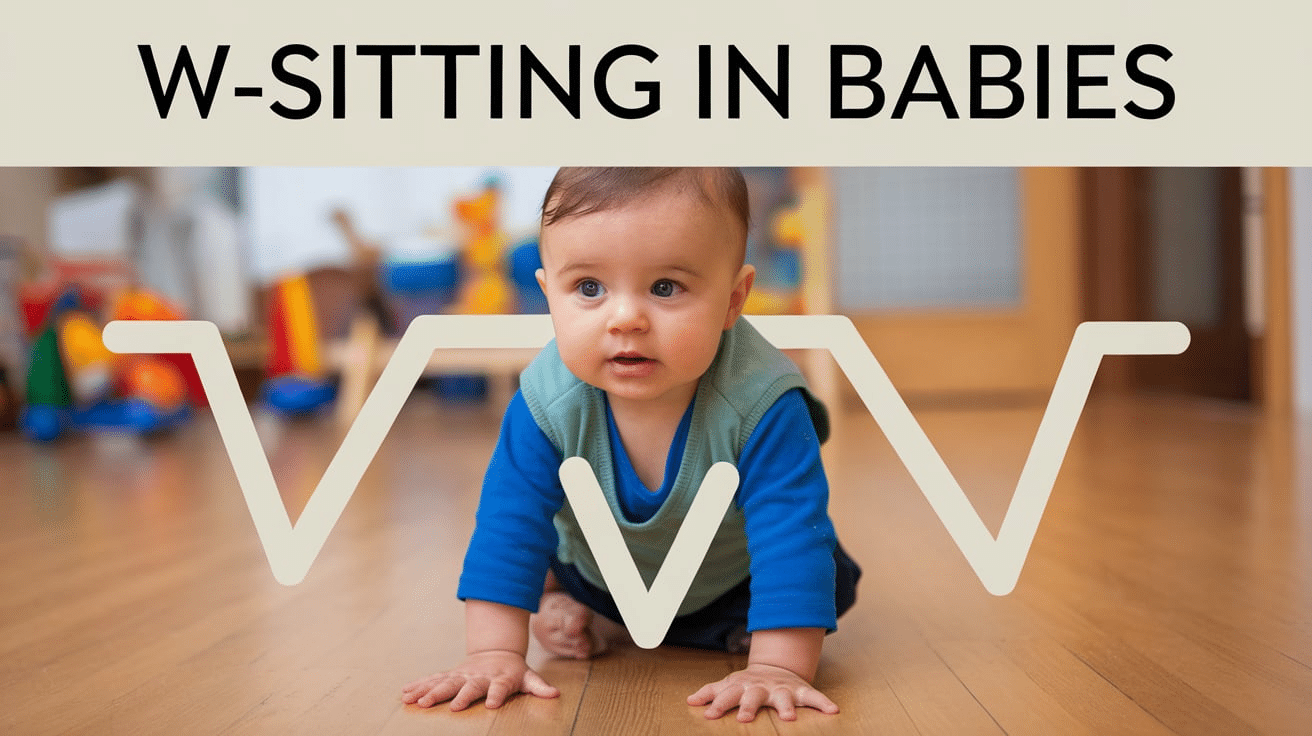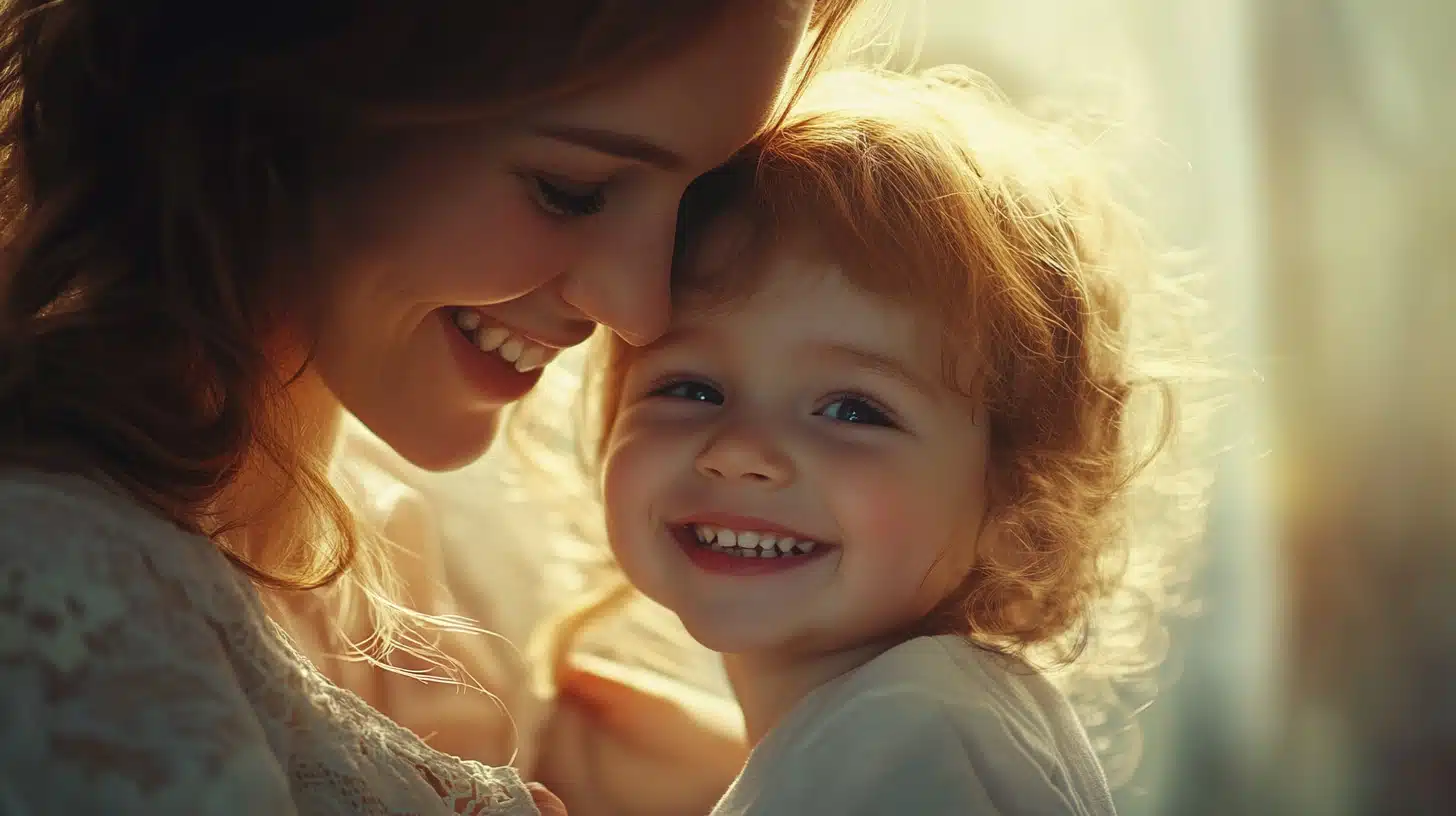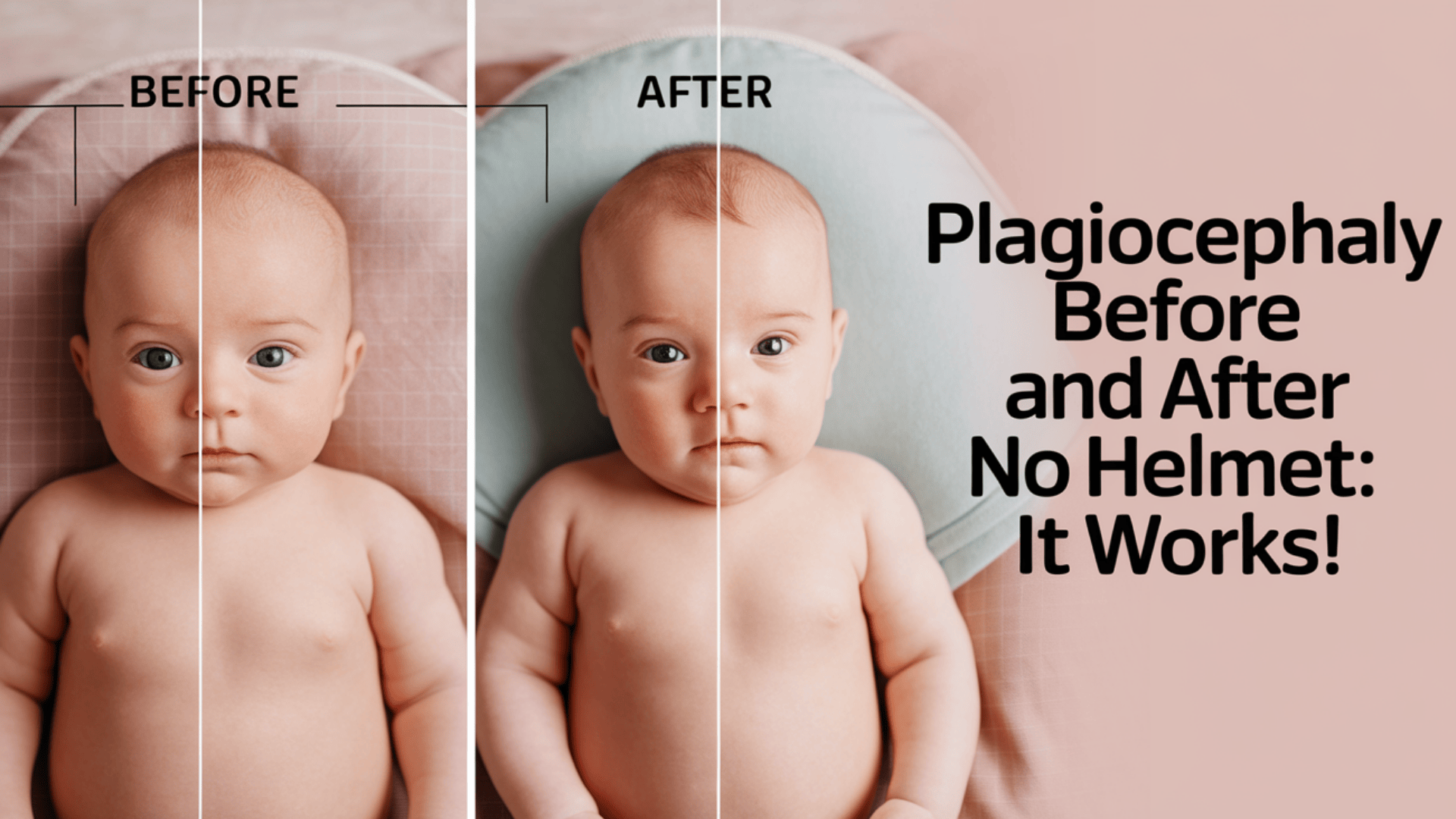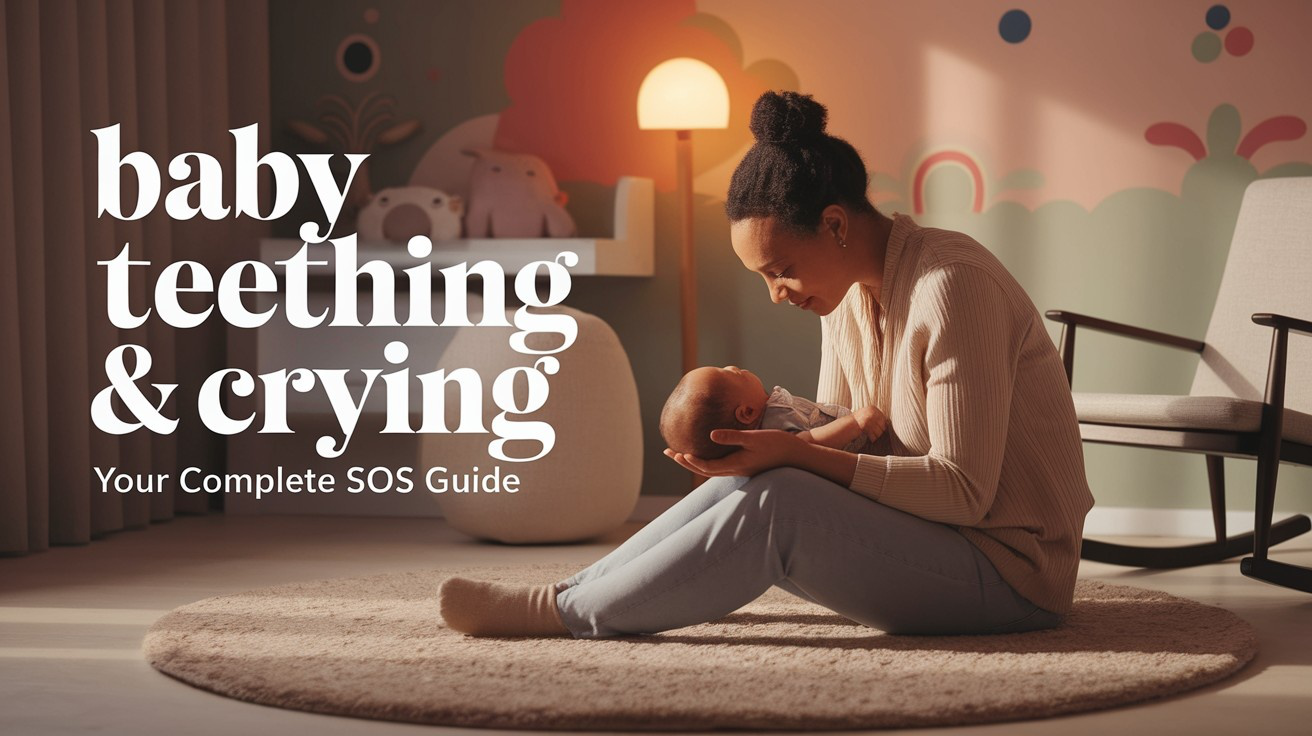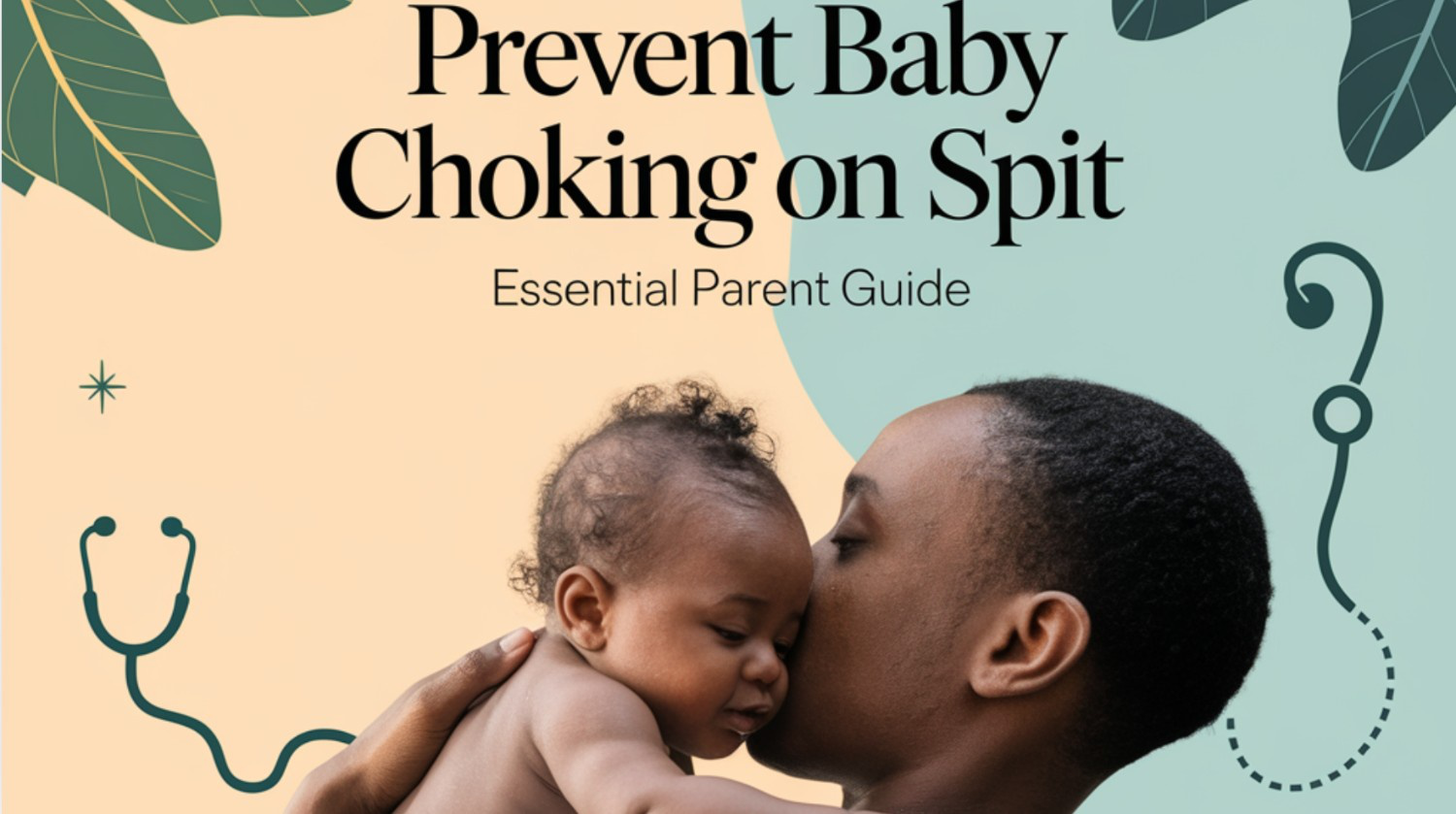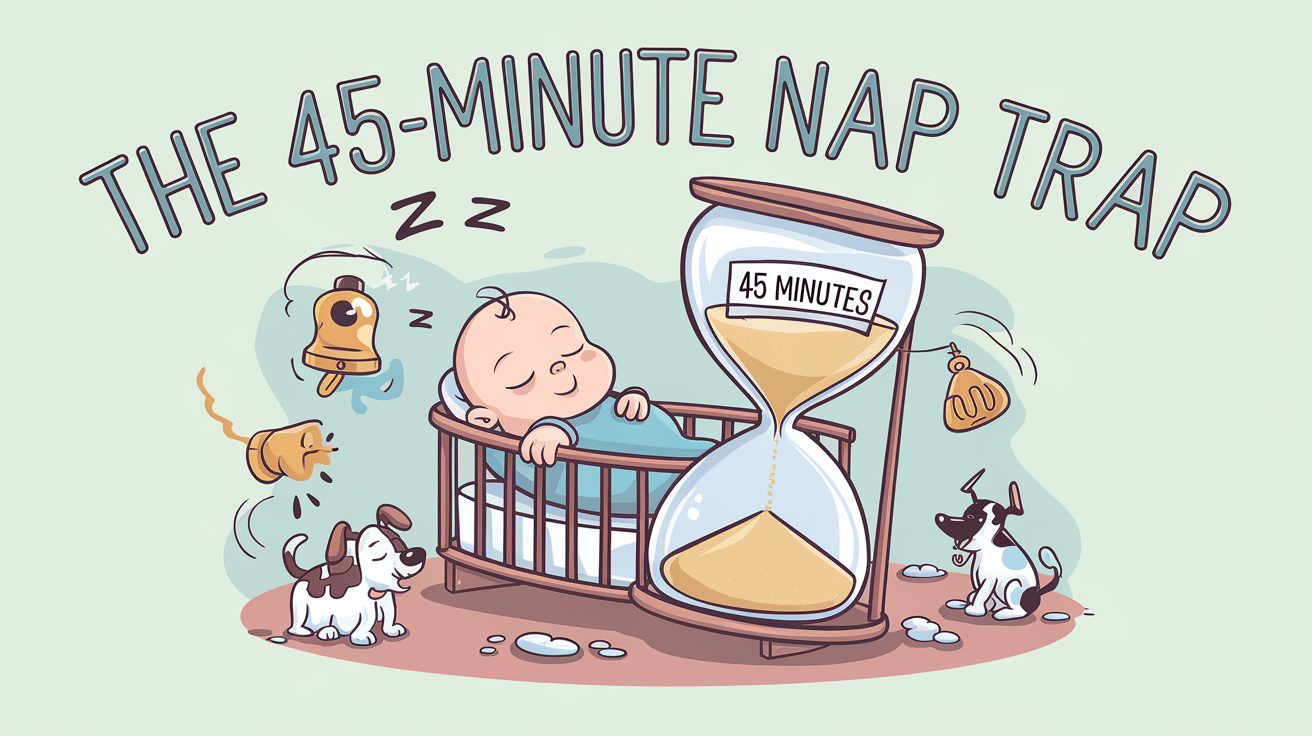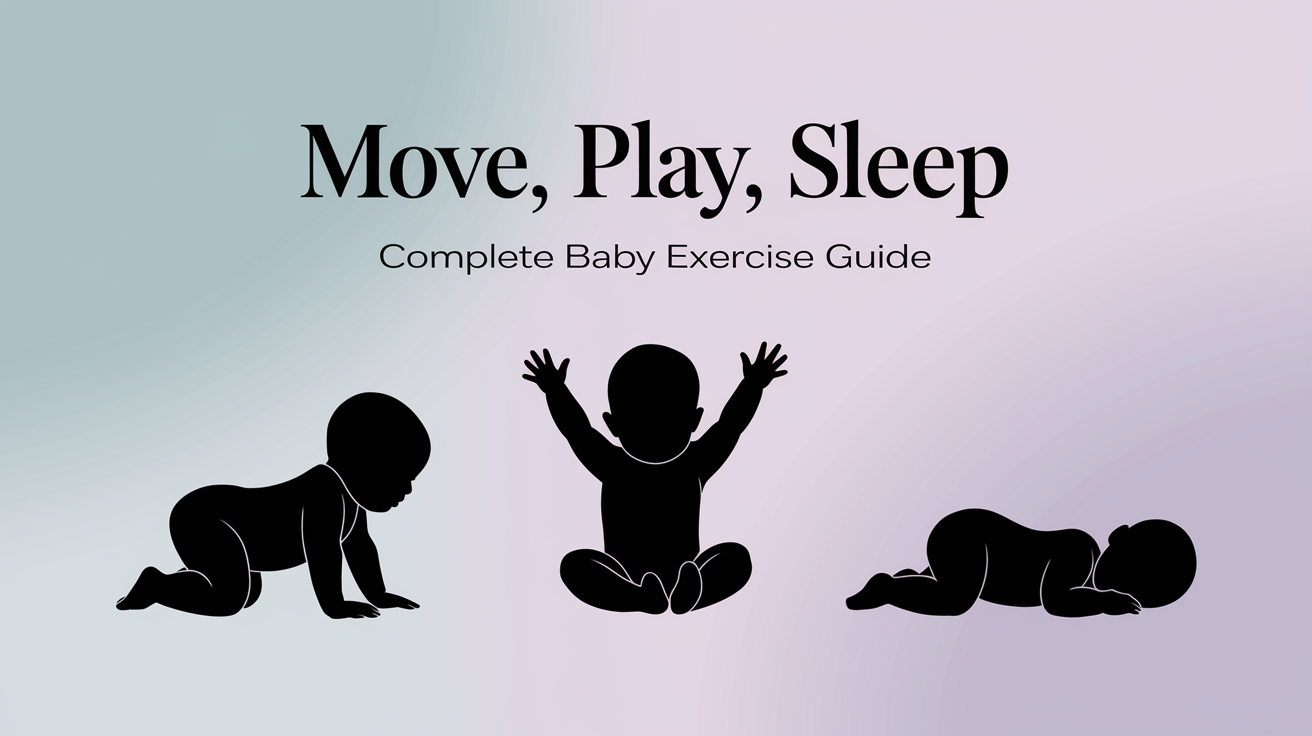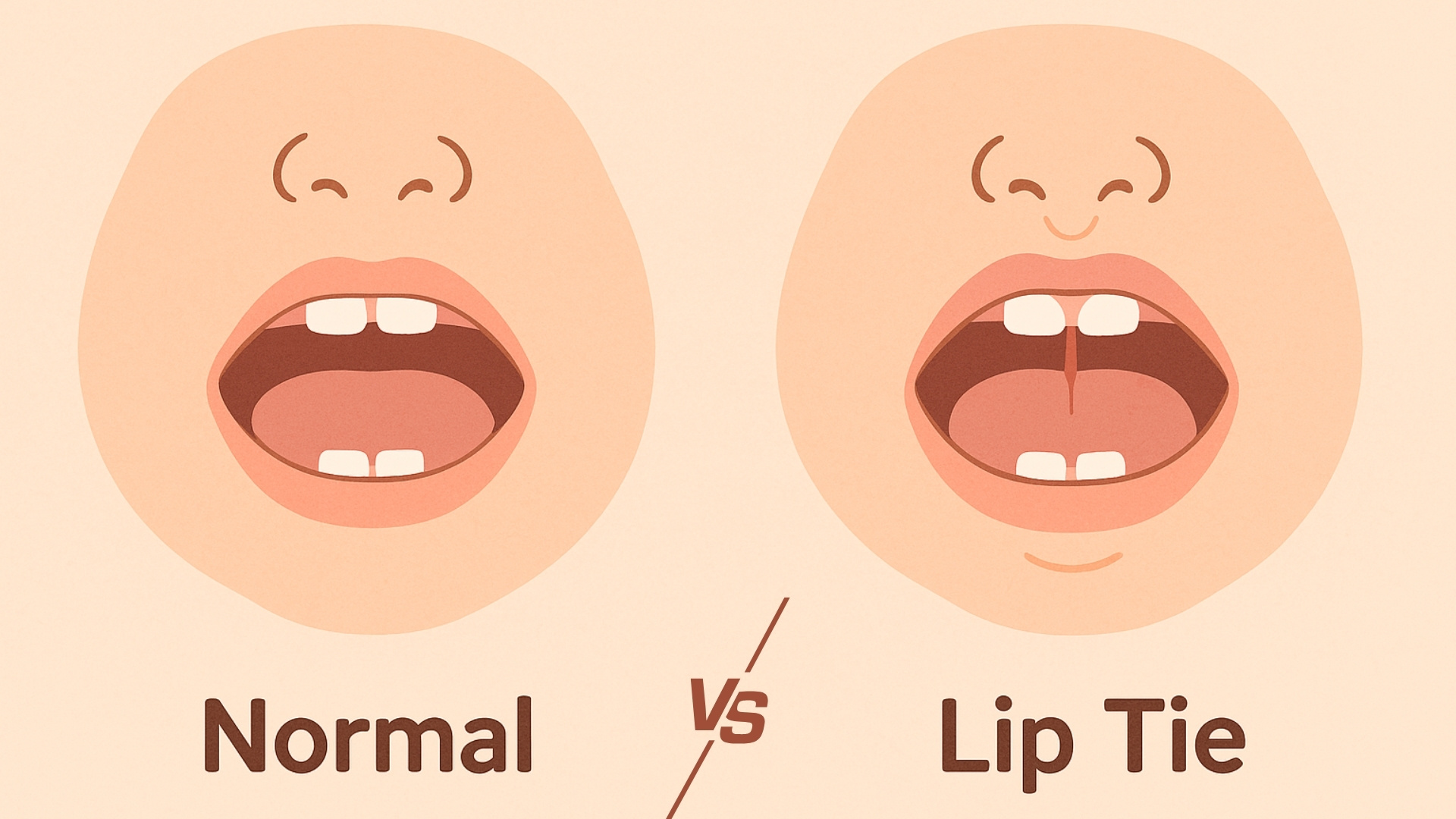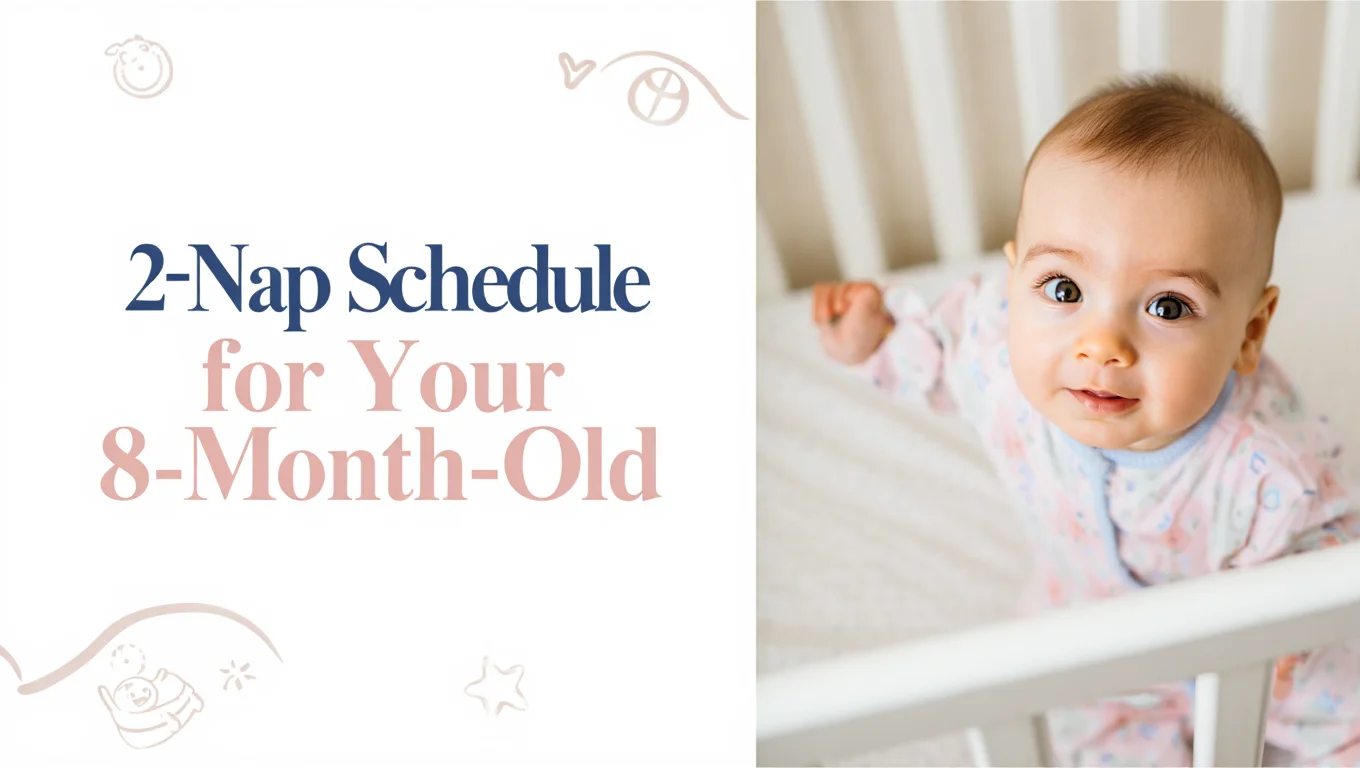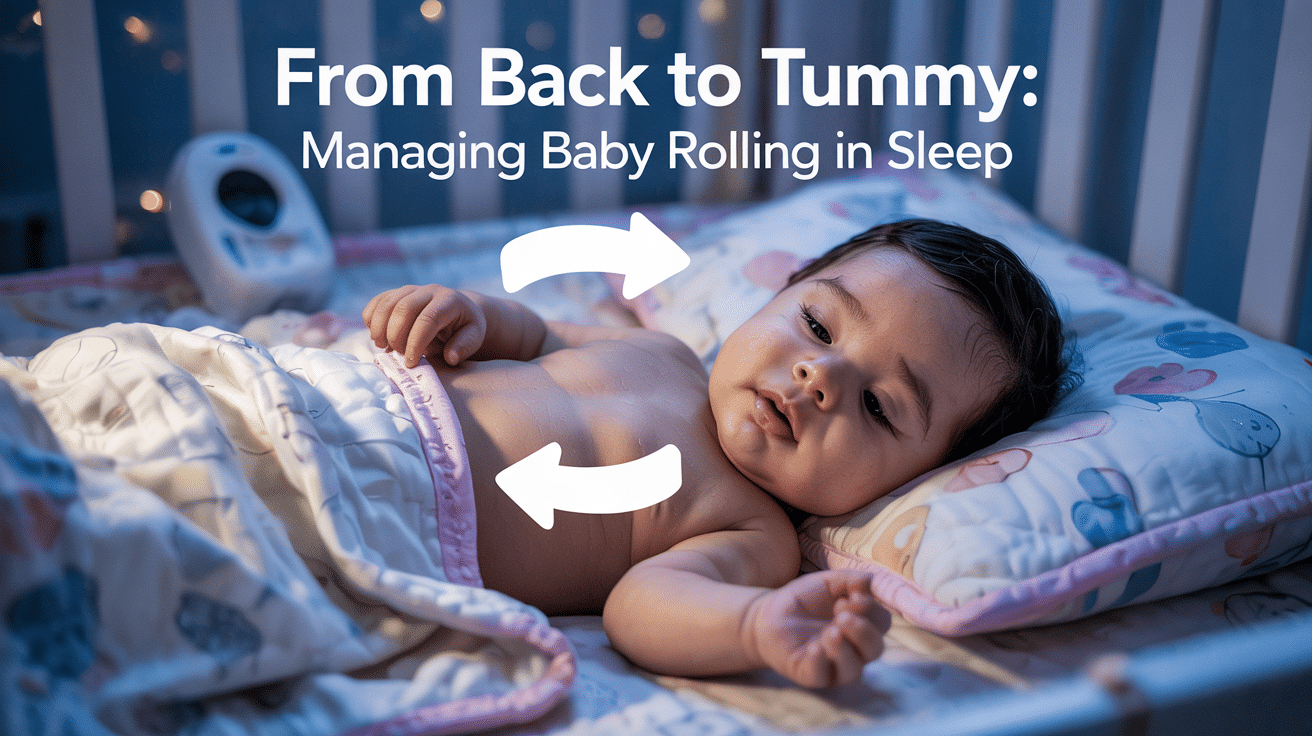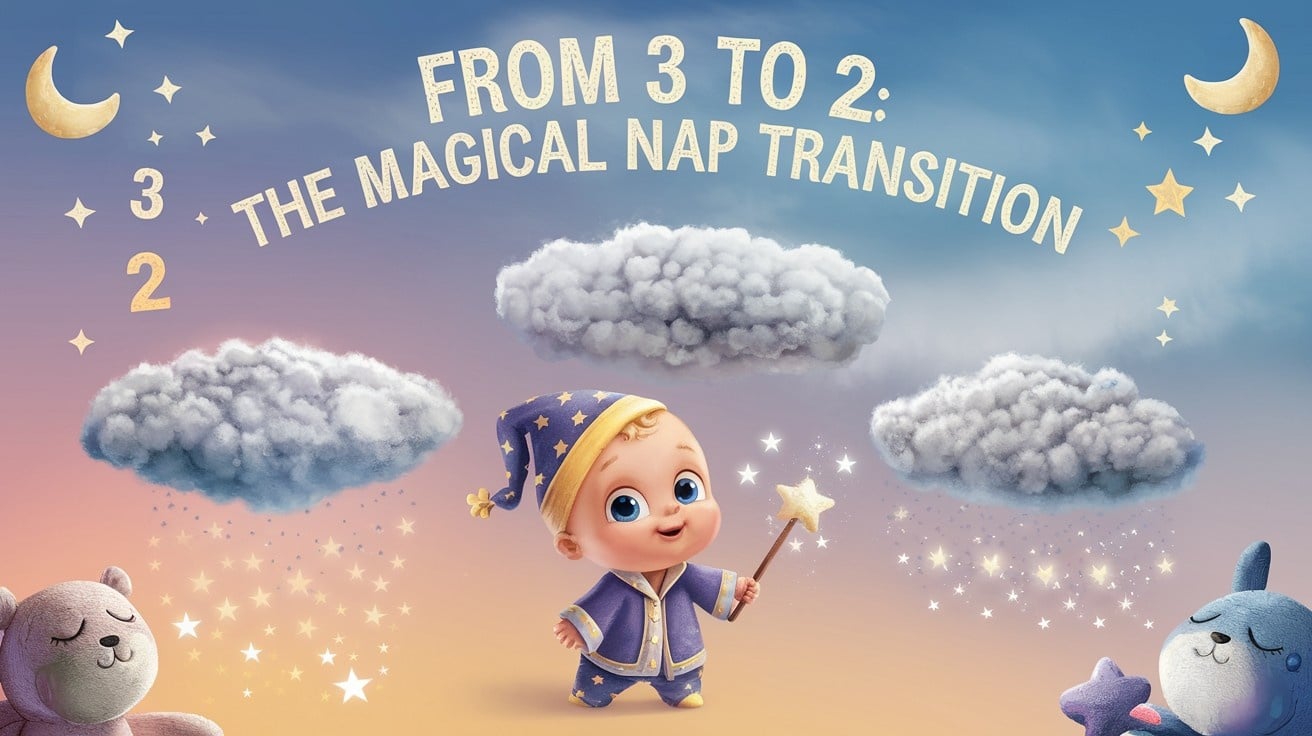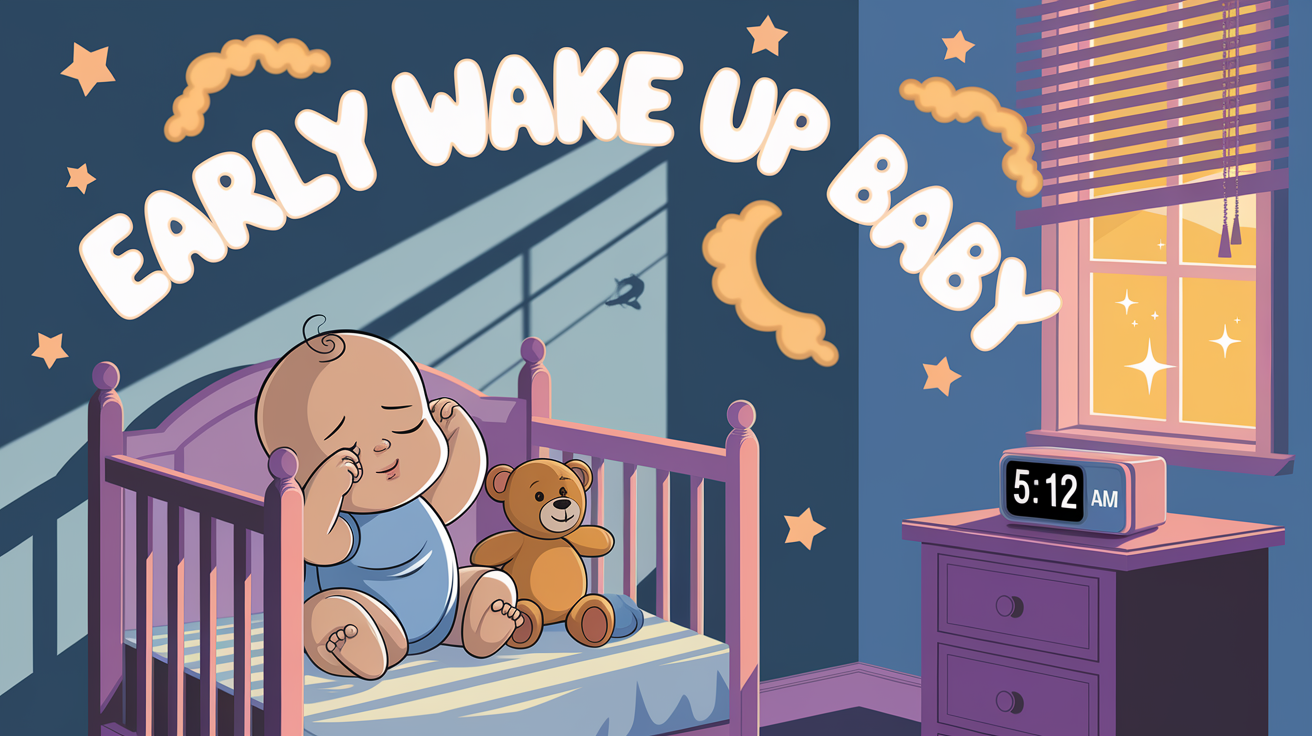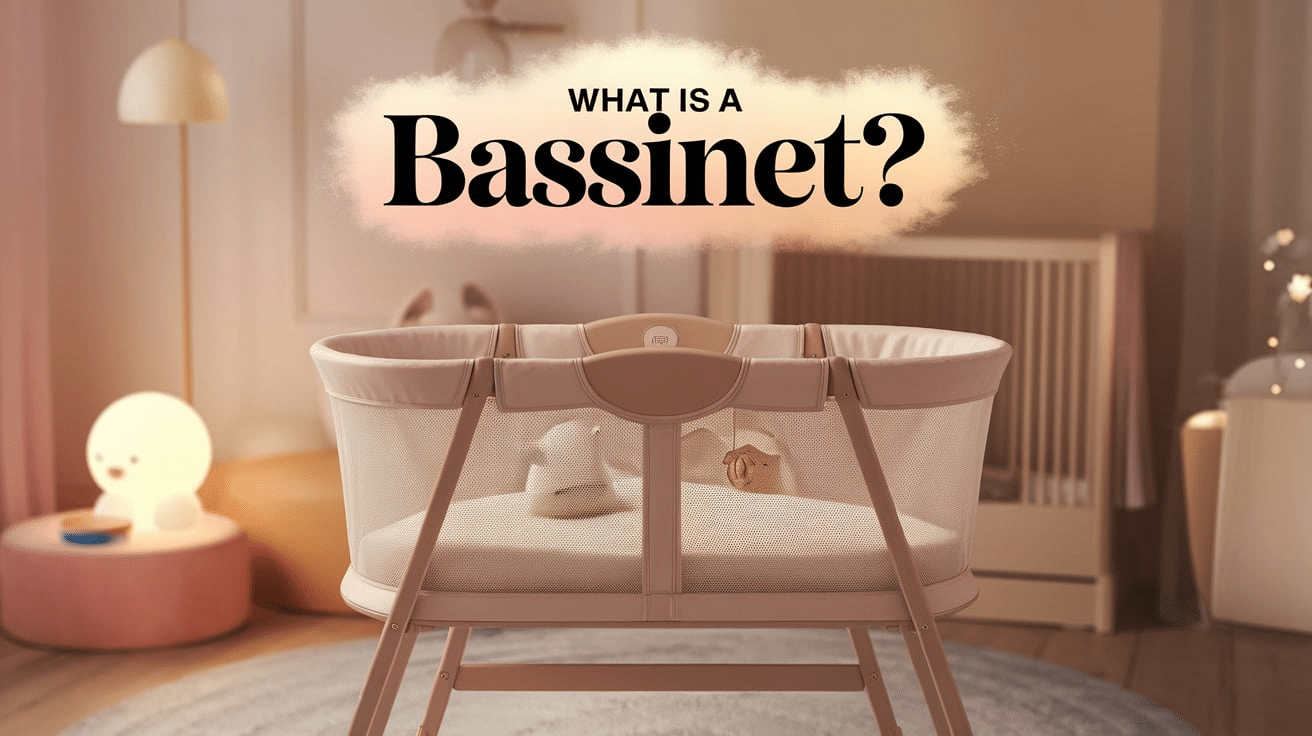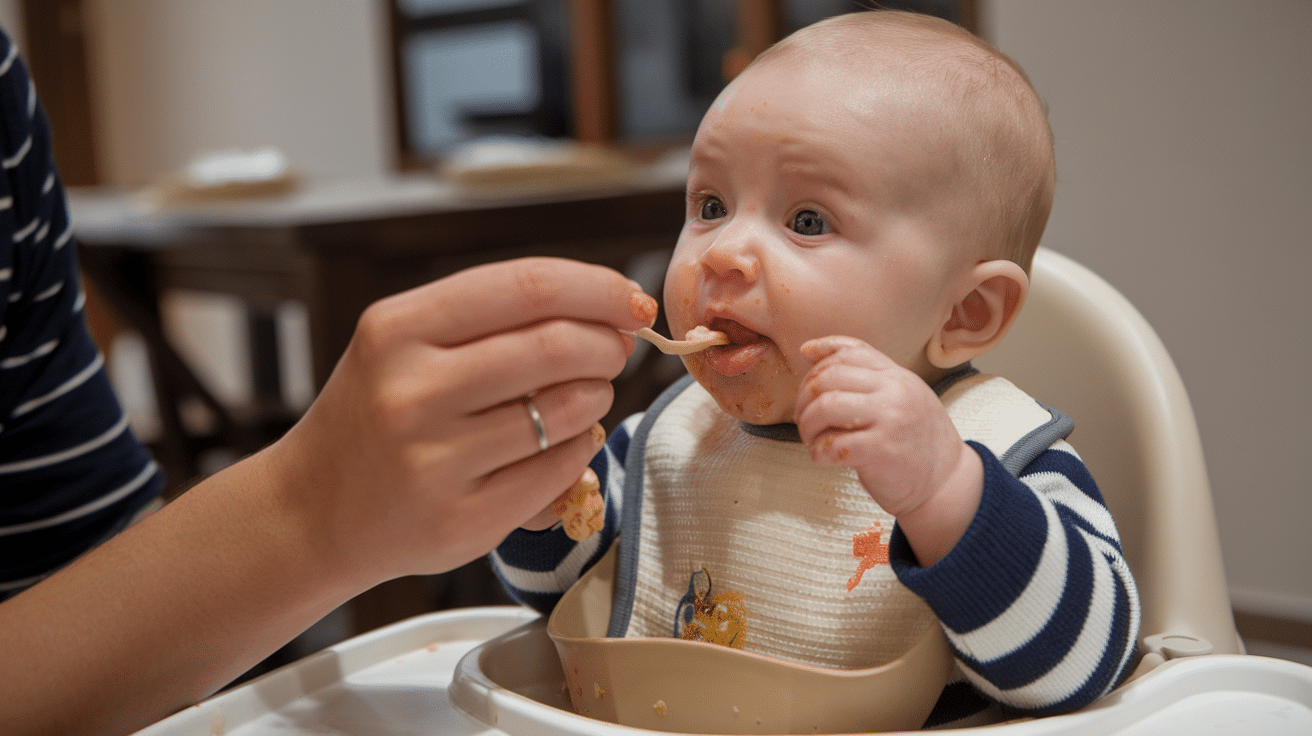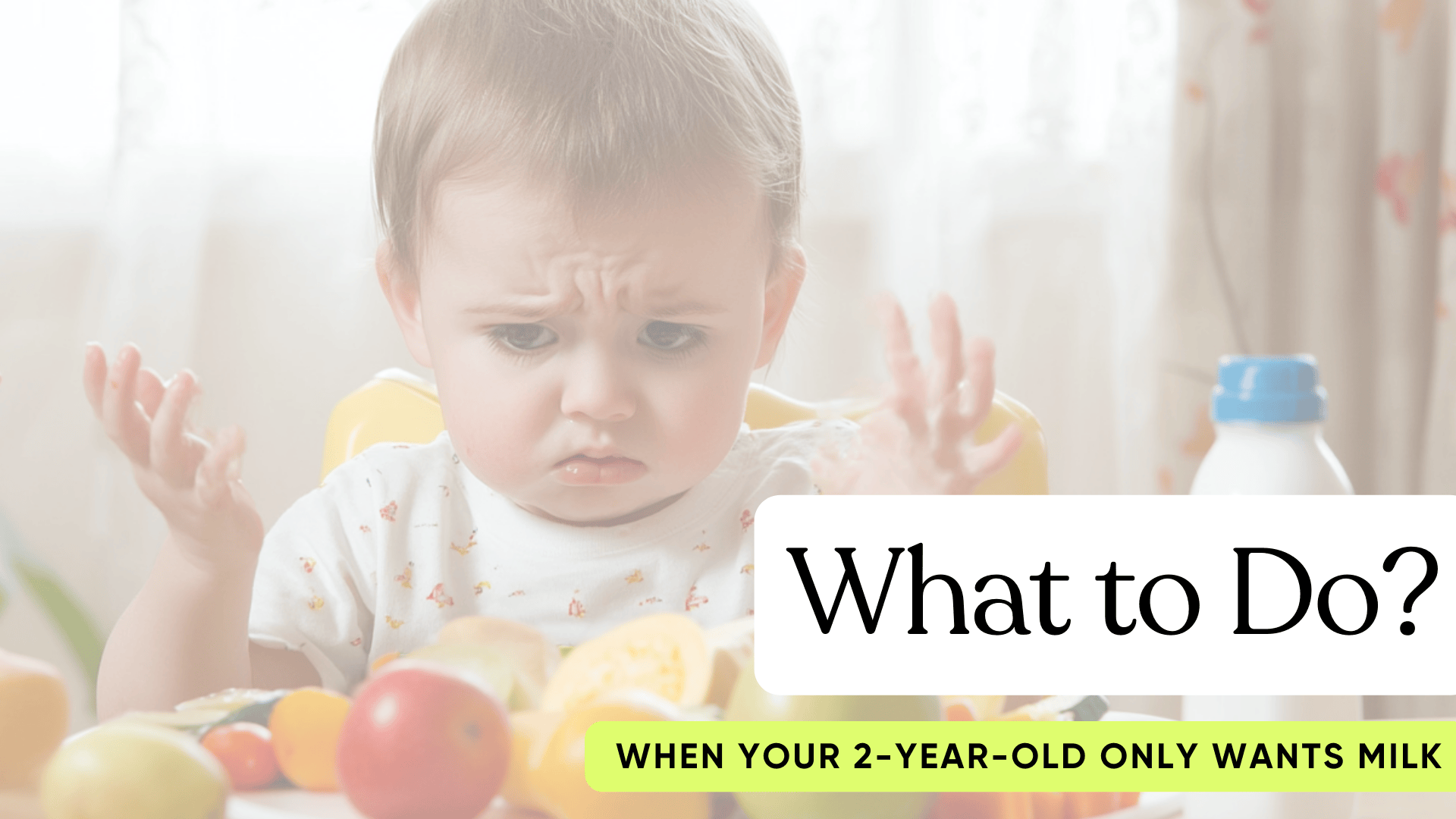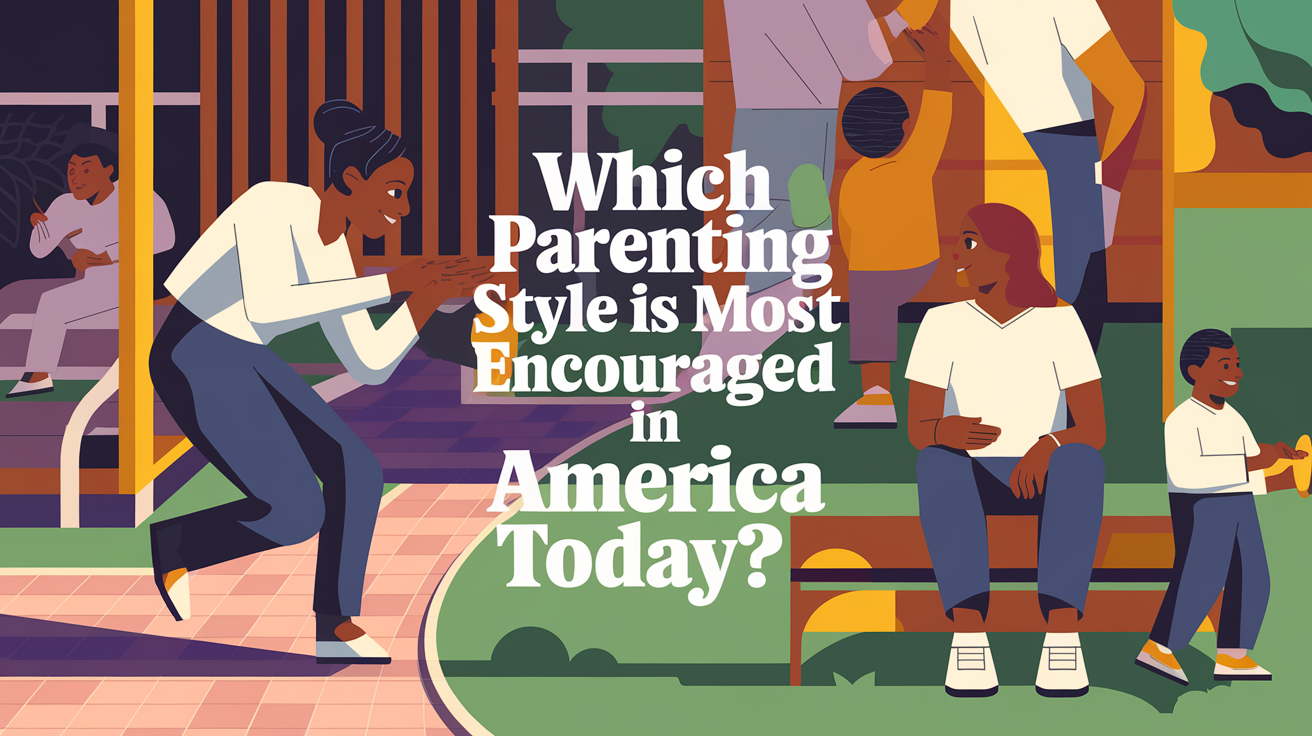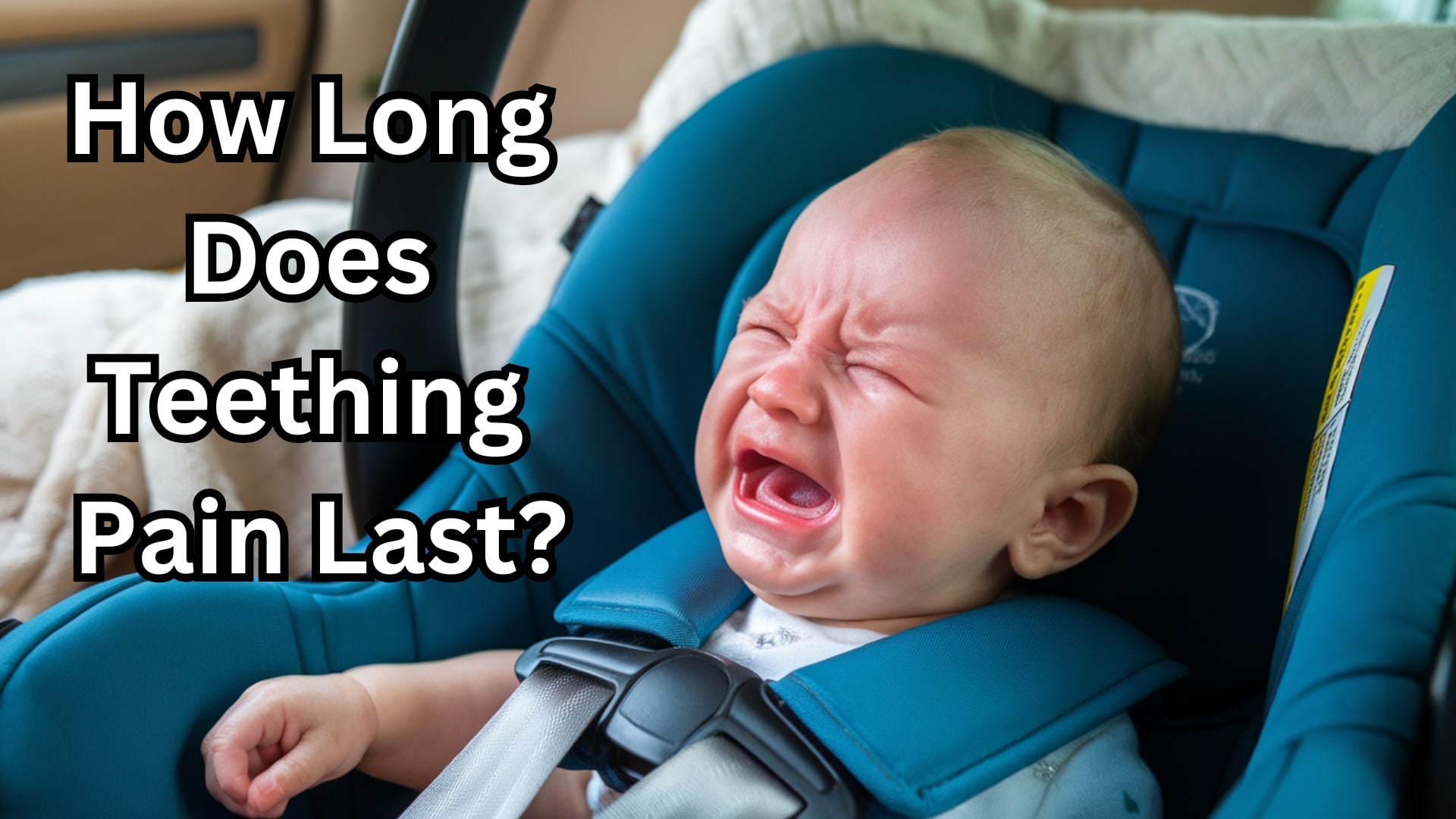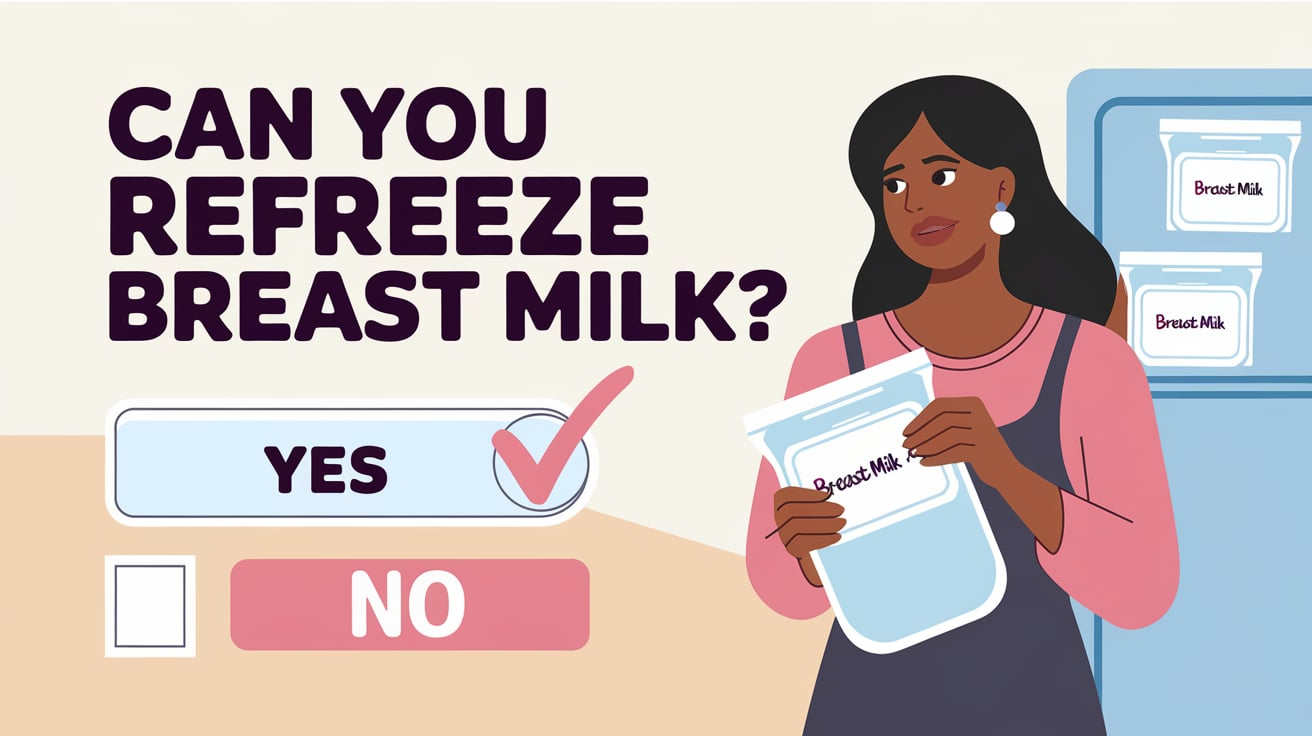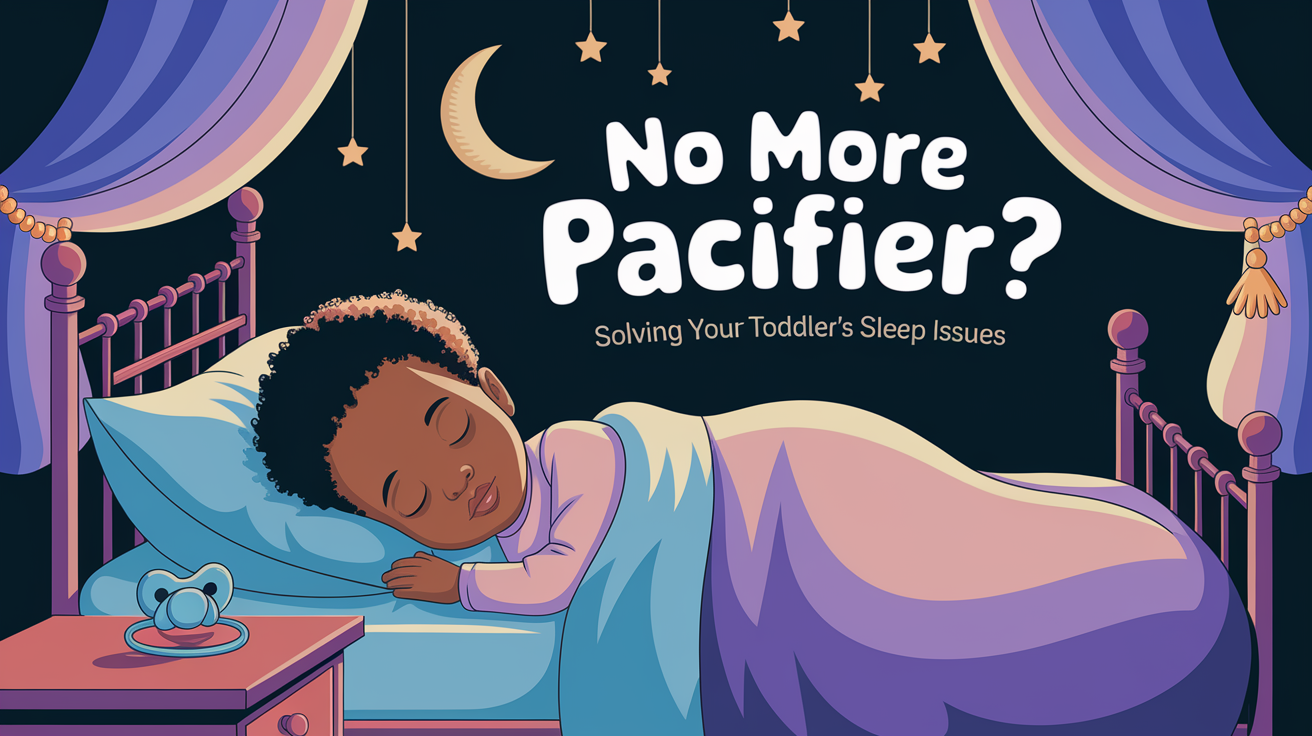
Is your toddler’s pacifier becoming a midnight emergency service? For many parents, those 2 AM pacifier hunts are all too familiar.
While sucking triggers calming chemicals in your baby’s brain, this soothing mechanism can change into a sleep dependency that disrupts the whole family’s rest.
Studies show that by age 2-3, this dependency can not only affect sleep patterns but may lead to dental issues.
The good news? With the right approach, your child can develop healthier sleep habits and self-soothing skills. If you’re considering the gradual method or going cold turkey, timing and preparation are everything.
Ready to reclaim peaceful nights?
Understanding Pacifier Dependency and Sleep
Pacifiers can be wonderful tools for babies. The sucking motion calms them down and helps them fall asleep. This happens because sucking triggers the release of chemicals in your baby’s brain that make them feel safe and relaxed.
But did you know that the same helpful tool can become a sleep crutch? When children use pacifiers to fall asleep every night, their brains create a strong connection between sucking and sleeping. Eventually, they may find it hard to fall asleep any other way.
Picture this: Your toddler wakes up at 2 AM, realizes their pacifier is missing, and cries until you find it. Sound familiar? This is because they haven’t learned how to fall back asleep without sucking.
How to Tell If Your Child Is Ready to Give Up the Pacifier?
Not sure if it’s time? Look for these signs:
- Your child shows less interest in the pacifier during the day
- They sometimes fall asleep without it
- They can self-soothe in other ways (like hugging a stuffed animal)
- They’re able to understand simple explanations (usually around age 2-3)
Pro Tip: Try the “pacifier fairy” approach! Tell your child that babies need pacifiers, and the pacifier fairy collects them to give to new babies. In exchange, the fairy leaves a special gift for big kids who are ready to sleep without one.
What to Expect: Common Sleep Issues After Pacifier Removal

When the pacifier goes away, sleep often gets worse before it gets better. Don’t worry—this is normal!
Falling Asleep Takes Longer
Without their familiar sleep aid, your child may toss and turn or even cry at bedtime. This is because they’re learning a brand new skill: falling asleep without sucking.
More Wake-Ups During the Night
Remember that 2 AM scenario? Expect more of these wake-ups initially. Each time your child moves through sleep cycles (about every 90-120 minutes), they might fully wake up looking for their pacifier.
Early Bird Problems
Some children start waking up super early after pacifier removal. When they wake up slightly in the early morning and can’t find their pacifier to drift back to sleep, they may decide it’s time to start the day—at 5 AM!
Nap Battles
Daytime sleep might become a challenge, too. Your child might fight naps or take shorter ones as they adjust to sleeping without their pacifier.
But wait! Don’t put that pacifier back in their mouth just yet. These challenges are temporary, and with the right approach, your child will learn new ways to sleep.
Getting Ready: Preparing for Pacifier Removal

When Is the Right Time?
Most pediatric dentists recommend removing the pacifier by age 2-3 to prevent dental problems. However, major life changes like moving to a new home, the arrival of a new sibling, or starting daycare are NOT good times to make this change. Wait for a relatively calm period in your family’s life.
Let me ask you: Would you rather learn to ride a bike on a smooth, empty path or a busy, bumpy road? The same idea applies to your child learning to sleep without their pacifier!
Choosing the Best Pacifier Weaning Method for Your Child
Every child responds differently to pacifier weaning, so picking a method that suits their temperament is key. Whether you go slow or all at once, consistency is what truly helps. You have three main options:
- Gradual Method: Limit pacifier use to sleep times only, then just bedtime (not naps), and finally, remove it completely. This can work well for sensitive children who struggle with change.
- Cold Turkey Method: Remove all pacifiers at once after preparing your child with simple explanations and perhaps a special goodbye ceremony. This often works better for decisive parents who prefer a quicker transition.
- Setting Realistic Expectations: The adjustment period typically lasts 1-2 weeks. Mark it on your calendar! Knowing there’s an end in sight makes it easier to stay consistent.
Effective Strategies for Managing Sleep Disruptions
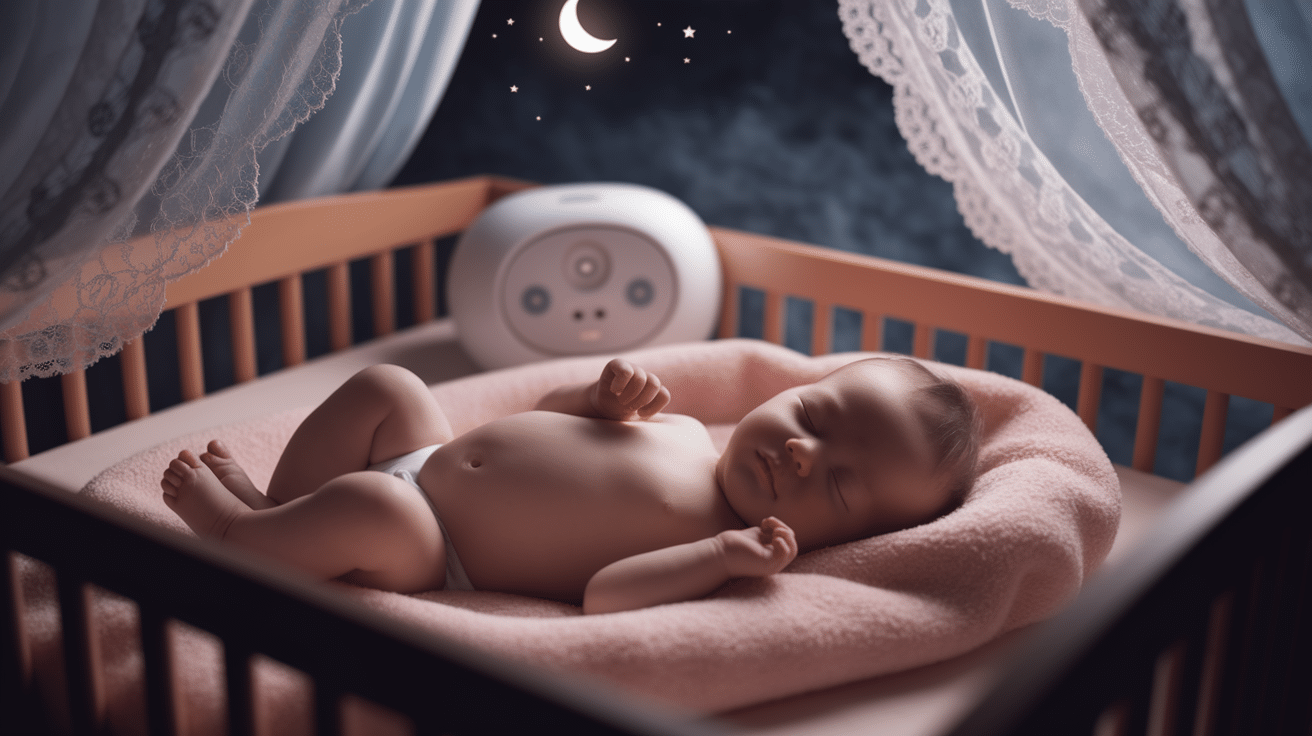
Sleep with your child’s new comfort object for a night before giving it to them. This transfers your scent, making it more comforting for your little one.
1. Build a Rock-Solid Bedtime Routine
Create a predictable nightly routine that signals sleep time. Consistency is crucial—maintain the same order every night to build strong sleep associations. Try this simple sequence:
- Bath time
- Pajamas
- Tooth brushing
- Story time
- Goodnight kiss
- Sleep
The key is to follow these same steps in the same order every night and change the routine in case of illness or emergency.
2. Find a New Comfort Object
Try different textures like soft blankets, smooth stones, or squishy stress balls. Choose something small enough to carry in your pocket or bag. Your comfort object should feel good to the touch and help calm you down.
The best objects connect with your senses and bring you peace when you’re feeling stressed or anxious.
Many people find comfort in items that remind them of happy memories or loved ones. Consider objects with pleasant scents, such as lavender sachets or vanilla-scented items.
Some prefer items with interesting shapes that can be fidgeted with, like worry stones or fidget cubes.
3. Use White Noise and Sleep Clues
White noise machines serve dual purposes—they mask disruptive household sounds while providing a consistent sleep association. Consider additional sensory cues that can replace pacifier dependency:
- Dimming lights gradually before bedtime
- Singing a specific lullaby
- Using a mild lavender scent in the room
- Implementing a gentle back rub ritual
These environmental cues work together to create a sleep-conducive atmosphere and will create a healthy environment for the child and caregivers.
4. Try the Bedtime Fading Technique
If your child resists going to bed, the bedtime fading technique offers a practical solution:
- Observe and record when your child naturally falls asleep over several nights
- Temporarily adjust bedtime to match this later time
- Once your child begins falling asleep easily, gradually shift bedtime earlier by 15-minute increments every few days
- Continue this gradual adjustment until you reach your target bedtime
This method works by aligning bedtime with your child’s natural sleep readiness, reducing bedtime battles.
Rather than forcing sleep when your child isn’t tired, you’re working with their body’s natural rhythms and gradually reshaping them.
Handling Night Wake-Ups Without the Pacifier

This is often the toughest part of pacifier removal. When your child wakes up crying for their pacifier at 2 AM, try these gentle settling techniques:
Minimal Interaction Approach
Enter the room, offer a brief reassurance with a pat or soothing words like “It’s sleep time, you’re okay,” and then leave. If crying continues, wait 2-5 minutes before repeating.
Gradually increase the waiting time between check-ins.
Consistent Responses Are Key
Whatever approach you choose, consistency matters more than the specific method. Your child needs to know what to expect from you during this transition.
Finding the Right Balance
How do you know when to comfort your child versus letting them learn to self-soothe? If your child is becoming increasingly upset rather than calming down, offer more support. If they’re fussing but not escalating, give them a chance to figure it out.
Imagine learning to ride a bike—sometimes you need a hand on your back, but eventually you pedal on your own!
Daytime Strategies That Support Better Night Sleep
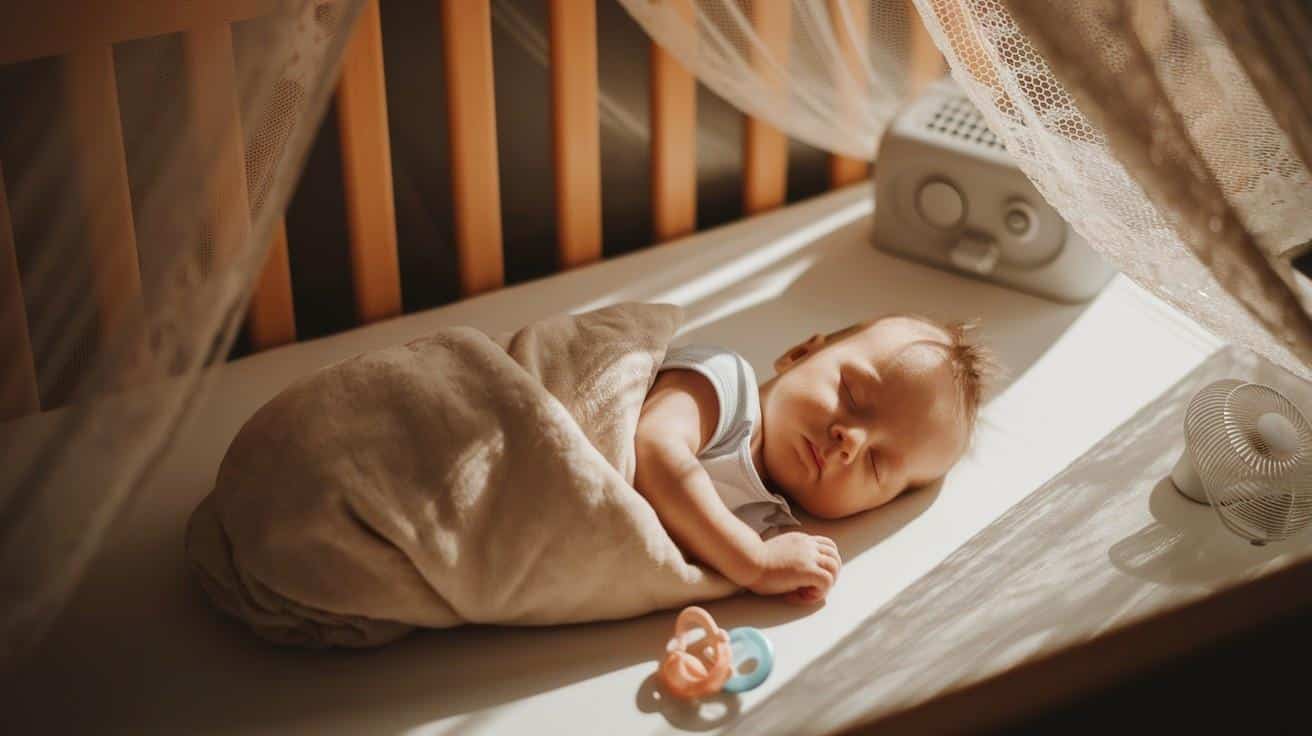
Keep Them Active
Encourage plenty of physical activity throughout the day, especially outdoor play. When children burn energy through movement and play, their bodies naturally prepare for better sleep at night.
Active kids are more likely to fall asleep faster and experience deeper sleep cycles, making the transition away from pacifiers smoother.
Talk About Feelings
Acknowledge your child’s emotions about losing their pacifier by validating their feelings: “I know you miss your pacifier. It’s okay to feel sad.” Children who can express and process emotions during waking hours tend to experience less emotional disruption at bedtime, leading to more peaceful sleep patterns.
Celebrate Small Wins
Create a simple sticker chart to track pacifier-free nights. Celebrate each success, no matter how small. This positive reinforcement helps your child develop pride in their progress and builds confidence in their ability to sleep independently. Each achievement reinforces their growing independence.
Pro Tip: Create a “big kid” sleep box with special items only big kids who don’t use pacifiers get to have—like a special pillow, new pajamas, or a “big kid” toothbrush. This shifts the focus from what they’re losing to what they’re gaining.
When Should You Get Extra Help?
Most children adjust to sleeping without a pacifier within 1-2 weeks. If sleep problems continue beyond that, it might be time for additional support.
Signs That Something Else Might Be Going On:
- Sleep issues getting worse instead of better after 2 weeks
- Your child seems extremely tired during the day
- Behavior problems are increasing
- You’re feeling overwhelmed and exhausted
The Last Note
Breaking pacifier dependency is a significant milestone in your child’s development.
Though challenges like longer bedtimes, increased night wake-ups, early morning rises, and nap resistance are normal parts of the transition, they typically resolve within 1-2 weeks.
The keys to success include choosing the right timing, establishing consistent bedtime routines, introducing alternative comfort objects, and implementing daytime strategies like physical activity and emotional validation.
Remember to celebrate small victories along the way, shifting focus from what your child is losing to what they’re gaining—independence.
If sleep difficulties persist beyond two weeks or your child shows signs of extreme fatigue, consider seeking additional support. With patience and consistency, peaceful nights await you both.
If you’re interested in more informational content on mothers and babies, feel free to click here and study other blogs that you might enjoy.

